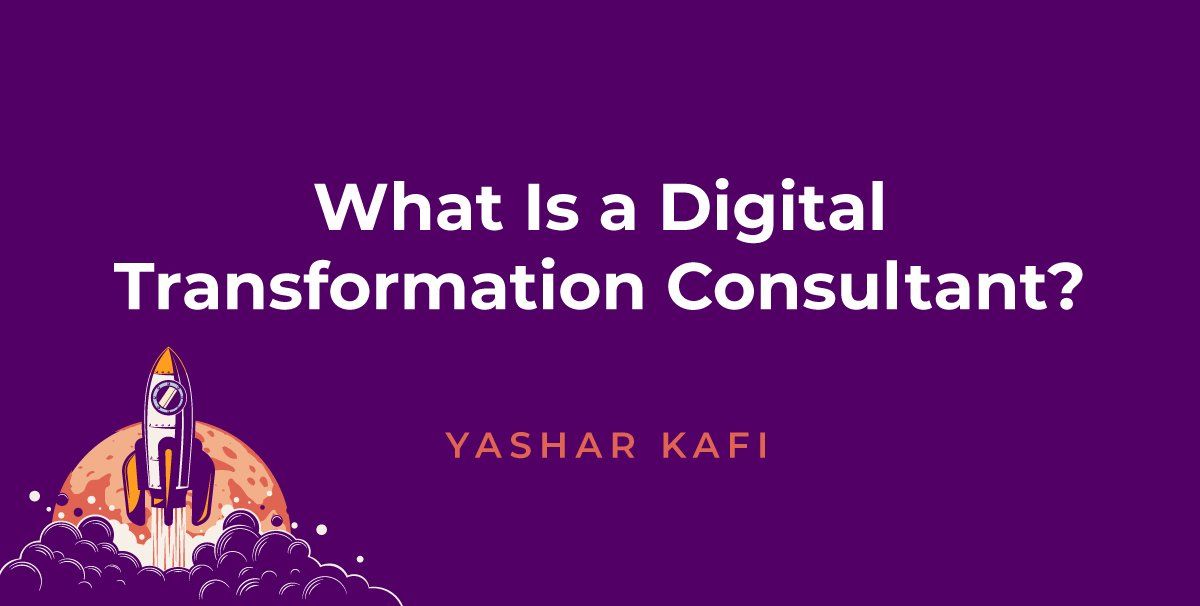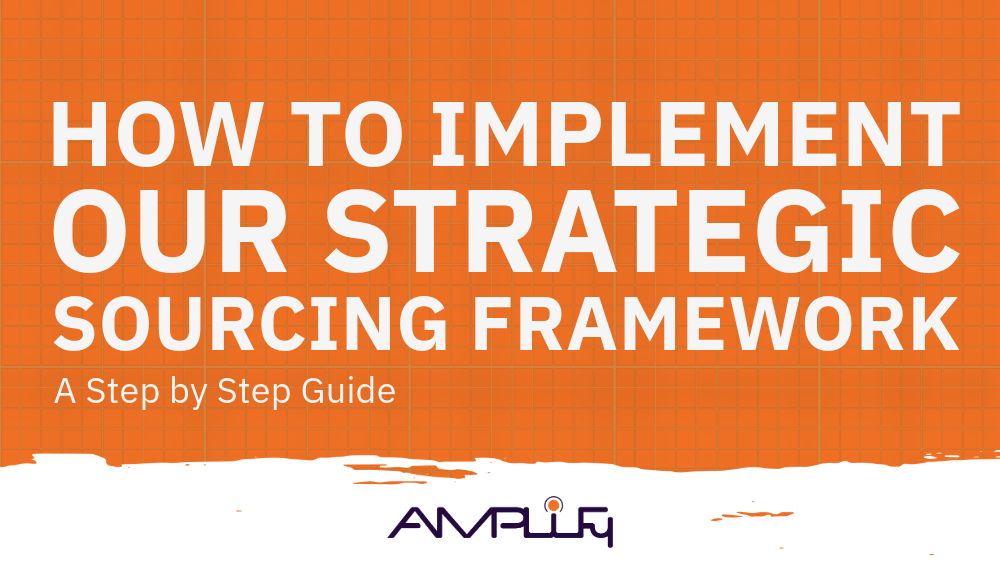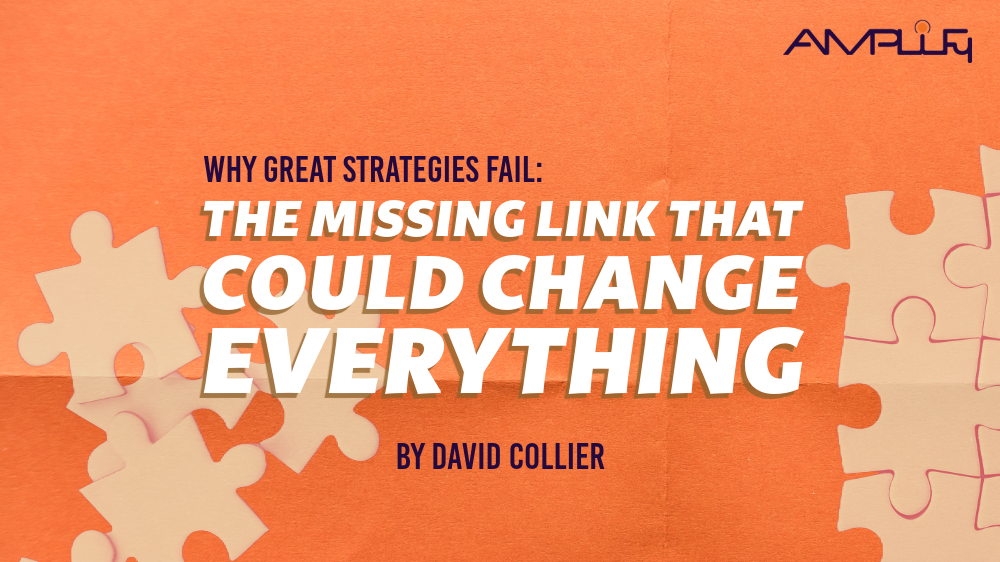What Is a Digital Transformation Consultant?
Digital transformation has been in the spotlight, leaving many organizations wondering if they need to hire a digital transformation consultant to help them navigate the sometimes daunting process.
To answer this, we first must cover what a digital transformation consultant is and does. A digital transformation consultant (also known as a DTC) is an individual who provides a niche service. They use their expertise to come in and help your company create—and smoothly implement—your ideal digital transformation strategy. This is catered to your unique needs and aimed at accomplishing your end goals via the most modern digital technologies.
To do this, DTCs carefully assess your company’s tech infrastructure, protocols, employees/culture, and more. They bring you the best transitional processes while bridging your present tech with more modern solutions for optimal and sustainable long-term results.
What Is Digital Transformation?
That brings us to what digital transformation is. The Enterprisers Project describes digital transformation as “the integration of digital technology into all areas of a business, fundamentally changing how you operate and deliver value to customers.”
Another excellent insight into digital transformation comes from Jay Ferro, CIO of Quikrete, who explained, “The ‘why’ of your organization’s digital transformation might be around improving customer experience, reducing friction, increasing productivity, or elevating profitability … Or, if it’s an aspirational statement, it might revolve around becoming the absolute best to do business with, utilizing enabling digital technologies that were unavailable years ago.”
While most companies can agree that digital transformation is a need, some still are unsure about hiring outside help from expert DTCs. However, hiring a DTC can help ensure you accelerate your company’s growth and achieve strategic goals.
How Do Digital Transformation Consultants Help?
The truth is that even though most companies know how important digital transformation is, many lack the knowledge to execute it successfully. Enter digital transformation consultants who can bring their expertise to the table. Let’s dive into what enlisting the help of a DTC would look like.
DTCs add value by:
- Creating a roadmap for your company’s digital transformation strategy, enabling you and your team to follow a clear, calculated path on your transitional journey
- Implementing new digital technologies that improve processes, two benefits of which include diminishing manual workloads and reducing costs
- Increasing efficiency and effectiveness across the board
- Elevating employee job satisfaction by significantly decreasing monotonous, dull tasks
- Bringing new digital products onboard to open the door for company expansion and growth if desired
- Providing a priceless outsider’s perspective
Common Problems with Digital Transformation
A majority of today’s digital transformation attempts do not go smoothly because organizations buy technology without first fully understanding their needs, what the technology does, and how exactly it might work for them.
Here’s something to consider: Large organizations typically have some failed attempts, which makes it difficult to undergo new efforts. The bottom line is that often, companies jump on the digital transformation bandwagon, only to realize they have hopped on a bumpy ride without proper preparation.
Do I Need a Digital Transformation Consultant?
As stated above, digital transformation can be indeed a wild ride—one many companies find out of their depth to tackle alone. Hence, the need for a digital transformation consultant. So, how do you know if you should hire a DTC for your needs?
We suggest you take a self-assessment. Ask yourself: Is your IT legacy? A legacy application or system is any information system based on outdated technologies yet is still vital to your company’s daily operations and functionality.
If this describes you, replacing these systems is a balancing act, which may require calling in professional help (aka DTCs).
If you’re still wondering if you should invest in digital transformation—and a digital transformation consultant—this article explains why I would suggest doing so. Still need further incentive? Cisco’s John Chambers issues a warning for those dragging their feet on digital transformation: “At least 40% of all businesses will die in the next 10 years … if they don’t figure out how to change their entire company to accommodate new technologies.”
For help and support as you continue on this transformative path, connect with us today to get started.




